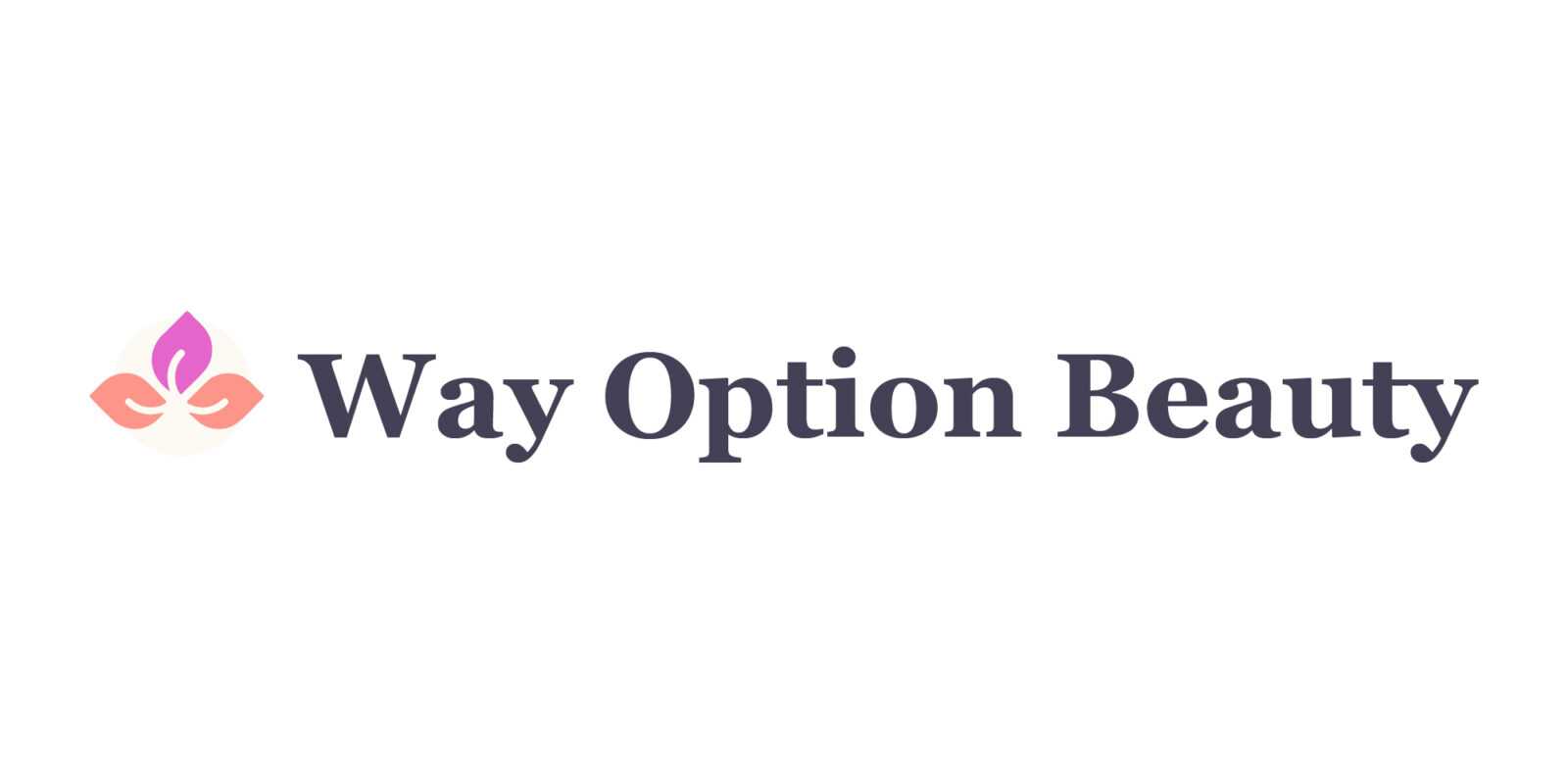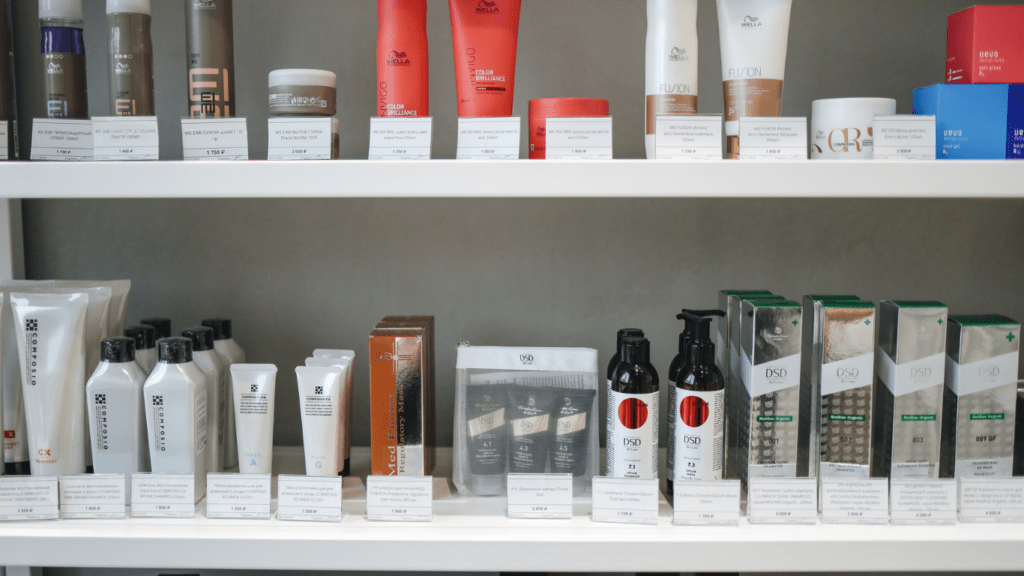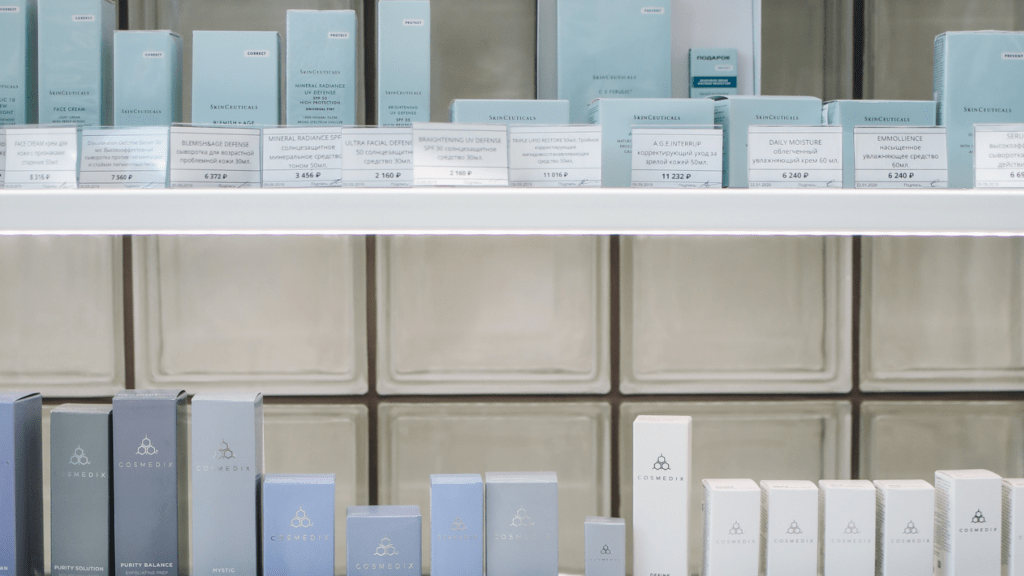Understanding Preservatives in Natural Beauty Products
Natural beauty products use preservatives to extend their shelf life. Preservatives prevent the growth of bacteria, mold, and yeast in formulations with water. Without preservatives, natural products would expire quickly, compromising their effectiveness and safety.
Types of Preservatives
- Synthetic Preservatives: Common in mainstream beauty products, synthetic preservatives include parabens and formaldehyde releasers. They’re effective but raise concerns due to potential health risks.
- Natural Preservatives: These include ingredients like essential oils, vitamin E, and certain plant extracts. While perceived as safer, they may not provide broad-spectrum antimicrobial protection, necessitating careful formulation.
Common Natural Preservatives
- Rosemary Extract: Known for its antioxidant properties, rosemary extract can inhibit microbial growth. However, it’s more effective in oil-based products.
- Grapefruit Seed Extract: Often used for its antimicrobial qualities, its efficacy in water-based products remains debated.
- Leucidal Liquid: Derived from radishes fermented with Leuconostoc kimchii, this preservative offers broad-spectrum protection and is popular in natural beauty.
Efficacy and Safety
Natural preservatives need to balance efficacy and safety. They should inhibit microbial growth without causing irritation or sensitivity. Some consumers may react to essential oils despite their natural origin.
Shelf Life and Storage
Preservatives extend shelf life but proper storage is crucial. Store natural beauty products away from light and heat to maximize their longevity. Check expiration dates and watch for changes in texture, color, or scent, indicating spoilage.
Common Types of Preservatives Used
Preservatives in natural beauty products come in synthetic and natural forms. Each type has its benefits and drawbacks, so understanding them helps make informed choices.
Synthetic Preservatives
Synthetic preservatives offer efficient and broad-spectrum antimicrobial protection. Parabens (e.g., methylparaben, propylparaben) are widely used due to their effectiveness across a range of microorganisms. However, they face scrutiny over potential links to health issues like hormone disruption, despite regulatory bodies deeming them safe in low concentrations.
Formaldehyde releasers (e.g., DMDM hydantoin, imidazolidinyl urea) work by slowly releasing formaldehyde to kill microorganisms. Their potency is balanced by concerns about formaldehyde exposure, a known carcinogen. Quaternary ammonium compounds (e.g., benzalkonium chloride) and phenoxyethanol also fall under synthetic preservatives, providing reliable preservation but not without debated health implications.
Natural Preservatives
Natural preservatives, derived from plants and other natural sources, offer a more appealing option for those wary of synthetic chemicals. Essential oils like tea tree and lavender provide antimicrobial benefits with pleasant scents. They may require higher concentrations to match synthetic preservatives’ effectiveness, posing potential skin irritation.
Plant extracts, such as grapefruit seed extract and rosemary extract, offer antibacterial and antioxidant properties. These natural alternatives may lack the broad-spectrum efficacy of synthetic preservatives, necessitating careful formulation. Leucidal Liquid, derived from radish root ferment filtrate, is another natural option known for its efficacy and mildness, making it a popular choice in natural beauty products.
Understanding both types of preservatives helps balance safety and efficacy, guiding better choices in natural beauty product selection.
Benefits of Using Preservatives

Using preservatives in natural beauty products comes with several advantages. These benefits span from extending shelf life to preventing contamination, ensuring your beauty products remain safe and effective.
Extended Shelf Life
Preservatives significantly extend the shelf life of natural beauty products. By inhibiting microbial growth, they prevent spoilage and degradation, ensuring products last longer. This extension is crucial for water-based formulations, which are more prone to bacteria and mold. For instance, a face moisturizer incorporating a natural preservative like Leucidal Liquid can remain safe and potent for months.
Prevention of Contamination
Preservatives play a key role in preventing contamination in beauty products. Without them, products can harbor harmful microorganisms, posing health risks. They ensure formulations remain free from bacteria, yeast, and mold. For example, preservatives like grapefruit seed extract act as antimicrobial agents, maintaining product purity. This prevention is vital for items like conditioners and lotions that come into frequent contact with skin and environmental elements.
Potential Risks and Concerns
Understanding the potential risks of preservatives in natural beauty products helps users make informed choices.
Allergic Reactions
Preservatives can sometimes trigger allergic reactions, especially in sensitive individuals. Synthetic preservatives, like parabens and formaldehyde releasers, are among the culprits. They can lead to symptoms such as:
- rashes
- redness
- itching
- hives
People with a history of allergic reactions should patch-test products to identify any adverse effects before full application.
Natural preservatives, while generally safer, are not exempt from causing allergies. Essential oils like tea tree oil and rosemary extract, though effective, can cause skin irritation or sensitization in some users. It’s essential to be mindful of your skin’s response to new ingredients, even if they come from natural sources.
Long-term Health Effects
Concerns about long-term health effects of synthetic preservatives persist. Parabens, for instance, mimic estrogen and have been found in breast cancer tissue, although a direct causal link remains unproven. Ongoing research seeks to better understand the connection between parabens and hormone-related health issues.
Formaldehyde releasers, another class of synthetic preservatives, release small amounts of formaldehyde over time. Though effective at preventing microbial growth, formaldehyde is a known carcinogen at high exposures. Regulatory bodies like the FDA and EU have set limits on its usage in cosmetics.
For natural preservatives, the long-term effects are generally less researched. While they are perceived as safer, comprehensive studies on their prolonged use are limited. Until more data is available, it remains prudent to use a balanced approach, considering both the benefits and the potential risks in your beauty choices.
Evaluating Safety Regulations and Standards
When assessing the safety of preservatives in natural beauty products, it’s crucial to consider existing regulations and standards. I’ll explore how different regulatory bodies ensure these ingredients’ safety.
FDA Guidelines
The FDA (Food and Drug Administration) mandates that cosmetic products must be safe for consumers when used as directed. Unlike drugs, cosmetics and their ingredients don’t need pre-market approval, but color additives do. The FDA monitors reports of adverse reactions from consumers and can issue safety alerts or request product recalls if necessary.
They publish guidelines for cosmetic manufacturers, emphasizing the need for contamination-resistant formulations, especially in water-based products. The FDA encourages companies to utilize scientific data when selecting preservatives to ensure they don’t compromise consumer safety.
International Standards
Several global entities establish standards for cosmetic preservatives, with the European Union’s (EU) Cosmetic Products Regulation being one of the most stringent. The EU enforces a list of permitted preservatives, specifying maximum concentration limits, providing manufacturers clear guidelines.
Japan’s Ministry of Health, Labor, and Welfare also regulates cosmetic ingredients through their Standards for Cosmetics. They require rigorous safety evaluations and limit specific preservatives. Australia’s Therapeutic Goods Administration (TGA) controls preservatives in beauty products through their cosmetics standards, ensuring products adhere to safety and efficacy criteria. These international regulations aim to harmonize safety standards and protect consumers from harmful preservatives in cosmetics.
Alternative Solutions
Exploring alternatives to traditional preservatives helps balance safety and efficacy for natural beauty products. Here are some new approaches to consider.
Preservation-Free Products
Some brands opt for preservation-free products, which don’t contain synthetics or natural preservatives. These formulations either use anhydrous ingredients or avoid water, reducing the risk of microbial growth. This approach includes solid balms, mineral powders, and oil blends. For instance,some companies create facial oils without any water, ensuring bacteria have no medium to thrive.
Shorter Shelf Life Products
Another alternative involves products with shorter shelf lives, typically ranging from three to six months. These beauty items use minimal preservatives, relying on fresh ingredients to deliver their benefits quickly. Small batch production and refrigeration are common practices for maintaining quality. For example, some brands offer fresh face masks with a shelf life of a few weeks, stored in a refrigerator to prolong usability. Shorter lifespans require consumers to be more vigilant about usage and storage, ensuring safety without relying on heavy preservation methods.



